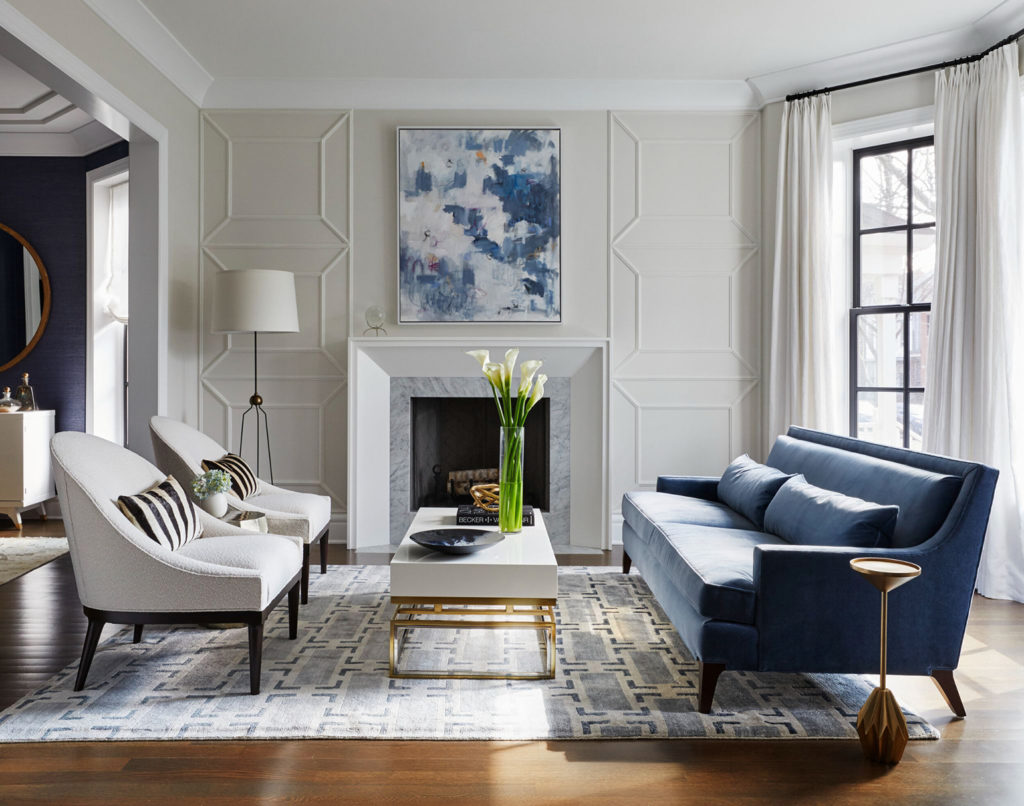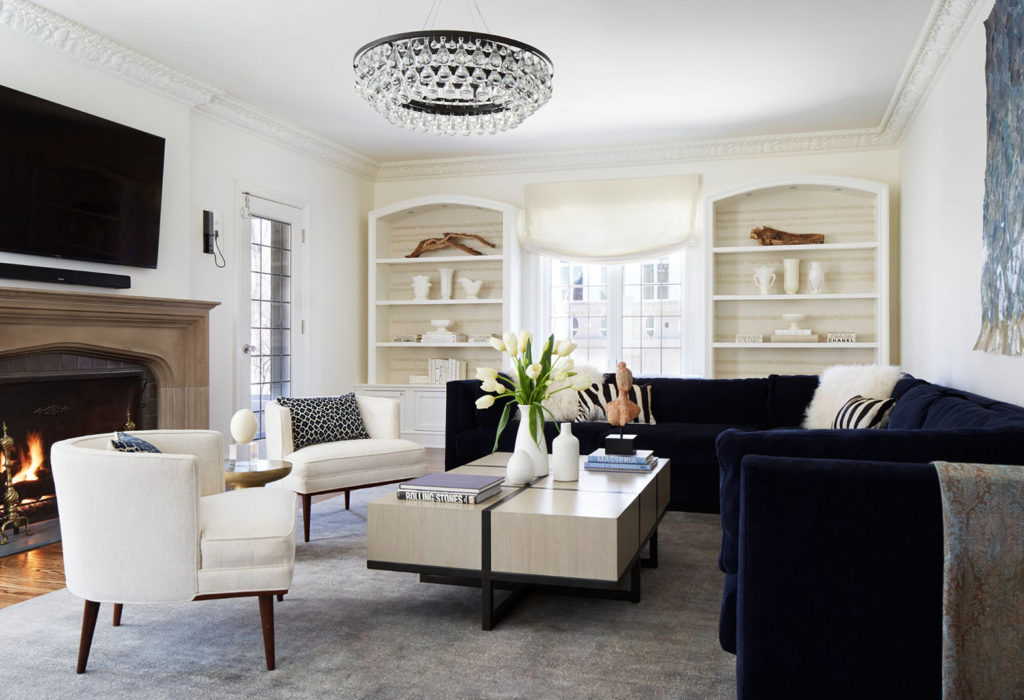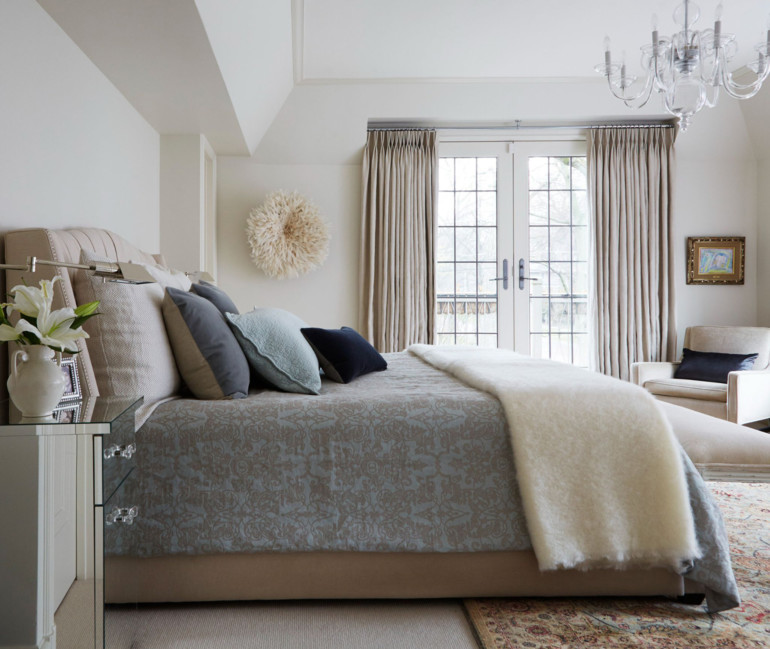As part of our “You Said It” Op-Ed series, we invite contributors to submit their opinion pieces. Have a submission? Contact us.
Many people view their homes as simply utilitarian — the kitchen is for cooking, and the bedroom is for sleeping. But it’s time we think about the home as a respite, maximizing its potential to become a true wellness oasis. When the world outside creates anxiety and stress, there’s no better place to turn than the comfort of your own space and the self-care that can take place within.
Designers have long believed in the power of strategic, life-changing design and its ability to transform your four walls into something so much more than just a beautiful space (though that’s important too!). As the Principal and Founder of Amy Kartheiser Design and an activist who’s fighting to end suicide and to support the loved ones of those lost by suicide through my charity, Under the Same Sky, I’m honored to share a few tips for using home decor and design to prioritize your mental well-being.
Note: I am not a medical professional. If you or a loved one are in a crisis or are struggling with suicidal thoughts, the National Suicide Prevention Lifeline is available 24/7 at 800-273-8255 or by texting TALK to 741741.

The Psychology of Color
While certain colors tend to evoke specific emotions (blue is typically calming and red is commonly energizing), it’s also true that people have visceral reactions to different colors, so I always make sure to start by showing homeowners swatches and asking if they feel inspired, energized, happy, or relaxed. This helps us to best understand their personal color preferences and thus create a color story suited to their lifestyle. While yellow may be the perfect color for someone else to see when they first wake up, you may prefer the blank canvas of a white wall or the inspiration to be found in a painting dashed with bright green.

The Necessity of Light
Natural light is key to enhancing our lives, regulating our energy, and elevating our moods. Making sure there is ample natural light throughout a home is very important — however, if you are unable to make any adjustments to natural lighting, the interior lighting plays a big role in emotional well-being, as well. Just like color psychology, there is a psychology behind different lighting: cool-toned lights can encourage focus and are great when used in an office, den, or home gym. Warmer-toned lights lead to relaxation and are best used in bedrooms, living rooms, and other calming spaces. Bright lights intensify emotions, whether positive or negative. Dimmers, on the other hand, do not decrease emotion, but can actually stabilize them.
The Simplicity of a Decluttered Space
The simplest, quickest way to decrease stress in our lives? Decluttering. Not only will it minimize the stress of looking for items and distraction in your home, but the process itself can allow you better sleep and increased energy. Decluttering can (and will!) leave you feeling organized and in control.
More from Better:
- 7 Healthy Recipes to Keep Your New Year’s Resolution on Track
- Where to Travel in 2022: 5 of the Best Places to Visit This Year
- Helping Women Achieve Their Most Important Financial Goals

Amy Kartheiser is the Principal and Founder of Amy Kartheiser Design, a residential interior design firm based in Chicago. She’s also the Founder and President of Under the Same Sky, a charity created through partnership with the American Foundation for Suicide Prevention and support of AFSP’s Healing Conversations program to facilitate conversations around suicide and to support those who have been affected by it. As a firm believer in connection, quality relationships, and wellness, Amy is happiest when spending time with her loved ones (especially while exploring a faraway locale together!).

